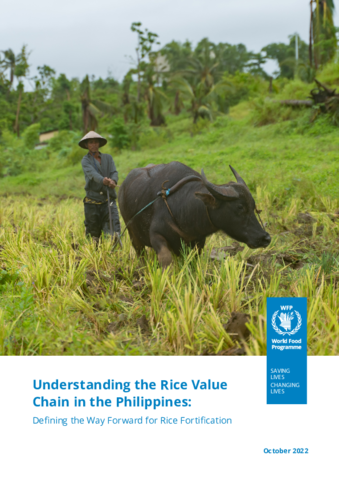
The Philippines, with a population of 110.8 million in 2021, is one of the largest economies in Southeast Asia and grapples with high prevalence of hunger and malnutrition. Rice, as the primary staple in the country, is an appropriate food vehicle for fortification. However, the use of traditional technology, inefficiency in the local rice supply chain, and availability of cheaper imports exacerbated by the implementation of the Rice Tariffication Law (RTL) affected the self-sufficiency in rice production.
The development of a sustainable supply chain for fortified rice requires a clear, cross-ministerial collaboration and communication strategy. The success will depend on continuing advocacy and awareness building, business model development, restructuring of the mandatory fortification legislation and implementing a regulatory framework, and demand creation. The Philippines is in a good position to move to the next level of evolution.
The development of a sustainable supply chain for fortified rice requires a clear, cross-ministerial collaboration and communication strategy. The success will depend on continuing advocacy and awareness building, business model development, restructuring of the mandatory fortification legislation and implementing a regulatory framework, and demand creation. The Philippines is in a good position to move to the next level of evolution.
